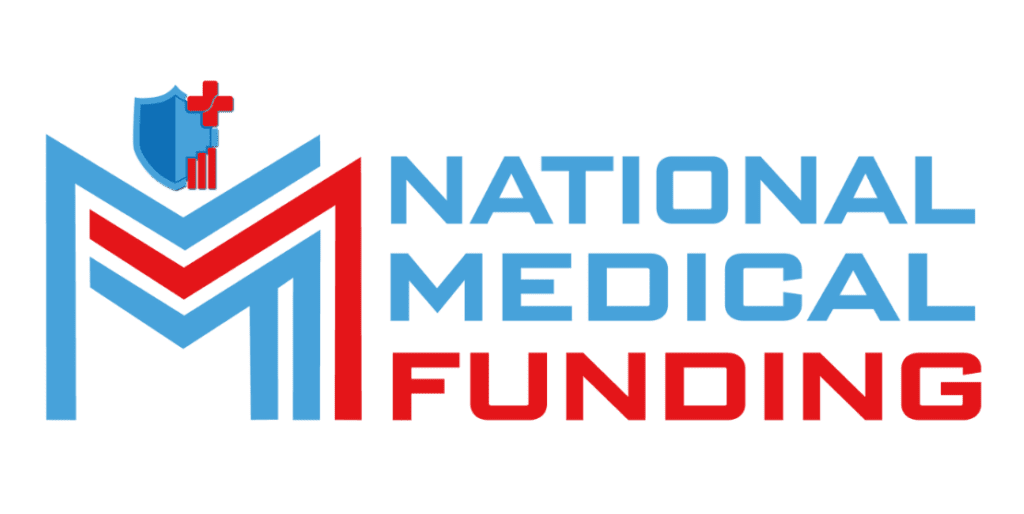
Trust First: How Ethical Healthcare Financing
Why Ethics Matter in Healthcare Loans Running a c...

Saturday and Sunday – CLOSED
support@nationalmedicalfunding.com



Seasonal shifts in health care revenue are as real as your monthly overhead—and they can make or break your cash flow. Whether it’s a summer slowdown, insurance plan resets in January, or end-of-year deductible chaos, practice managers face unique challenges in keeping finances steady. That’s where healthcare funding solutions come in.
Today, more smart practice managers are choosing to calculate loan needs ahead of seasonal dips and secure working capital that bridges the gap without the stress. You can even use a lending calculator to understand the monthly impact and adjust accordingly.
So how do you turn a seasonal slump into a strategic opportunity? This guide walks you through how to use short-term healthcare loans as a proactive, powerful tool for sustainable operations.
Let’s face it—patient volume isn’t steady all year long. Every practice deals with highs and lows. Maybe summer months are slow because families are traveling. Or maybe January feels like a ghost town after patients have exhausted insurance benefits by December.
Even if revenue takes a dip, your responsibilities don’t. Payroll, rent, equipment leases, and vendor payments keep rolling in. These recurring costs put pressure on your budget, which is why having access to secure finance options during these off-seasons is crucial.
Rather than scrambling when cash gets tight, some managers build a financial buffer ahead of time. That’s smart planning—and it’s easier than ever thanks to accessible healthcare funding solutions like short-term loans tailored for medical practices.
Revenue seasonality doesn’t just happen out of nowhere. It’s tied to patient behavior, insurance cycles, staffing trends, and even weather. When you track your collections across months, you’ll likely notice predictable lulls and bursts.
One of the best things you can do is use historical data to anticipate the dips. For instance, if Q1 is always slow, it might be a great time to pre-approve a loan in Q4. That way, you’re not reacting—you’re planning.
As detailed in Mastering Your Practice’s Financial Pulse: How Healthcare Financing Complements Analytics for Strategic Growth, integrating analytics with your financial planning can help you align funding strategies with performance metrics.
So, how much should you borrow? Don’t worry—you don’t need to be a financial guru. A simple lending calculator can help you model what a short-term loan will look like across different durations and interest rates.
By inputting basic figures like loan amount, term length, and estimated interest, you can easily calculate loan repayment costs and see how they’ll fit into your monthly budget. No more guesswork or last-minute scrambling.
Remember, short-term healthcare loans aren’t designed to bury you in debt—they’re meant to smooth over the bumps. Knowing your monthly repayment lets you build it into your seasonal plan with full clarity.

It’s not just about staying afloat during a slow season. Strategic practice managers use healthcare funding solutions to make smart moves during down periods—like upgrading systems, retaining staff, or investing in patient outreach.
Instead of scaling back, short-term funding can empower you to lean in. Maybe you’ll hire a part-time hygienist in March, or run a wellness campaign in July when visits drop off. These investments often pay dividends in the busy months that follow.
Need proof? Read Why Medical Practices Are Turning to Short-Term Healthcare Loans for Cash Flow Resilience to see how practices are using seasonal funding to move forward—not just stay afloat.
Timing is everything when it comes to cash flow planning. The worst time to apply for a loan is when you’re already behind. The best time? Before the slump hits.
This is where data, experience, and intuition all come together. If you know March is historically slow, you can apply in February, get approved quickly, and start the season with peace of mind and positive cash flow.
The beauty of modern healthcare funding solutions is how flexible they’ve become. Quick application processes, fast approvals, and customizable terms make it easy to apply proactively rather than reactively.
ENT clinics, dermatologists, chiropractors, and other niche providers aren’t immune to seasonal changes. In fact, many feel them more sharply due to narrower patient pools and referral patterns.
Fortunately, specialty practices are also among the most innovative when it comes to adapting. From investing in diagnostics to restructuring services, they use short-term loans to stay nimble.
A great example of this is highlighted in Navigating Change in Specialty Care: How Healthcare Loans Empower ENT and Niche Practices to Adapt and Thrive. These practices aren’t just surviving seasonal shifts—they’re using loans to stay competitive and future-ready.

When money gets tight, it’s tempting to start slashing budgets. But smart managers know where to focus first. Payroll is non-negotiable. Your team is the engine that drives your patient experience.
Operations—like utilities, software, and medical supplies—come next. If systems falter, care delivery slows. With short-term loans, you don’t need to choose between these pillars. You can fund both and maintain momentum.
Loans help protect what you’ve built. They buy time while revenue catches up. And they prevent desperate decisions, like cutting hours or deferring care upgrades.
Here’s a truth not enough people talk about: healthcare loans aren’t just for survival. They’re also for scaling, evolving, and improving operations—even when income slows.
Slow seasons can be a great time to train staff, revamp workflows, or upgrade equipment. These efforts are easier when you’re not stretched too thin. That’s where the flexibility of secure finance really shines.
If you’re wondering how this plays out practically, see Can Healthcare Lending Help Practice Managers Drive Operational Success and Growth?. It offers insight into how managers are using loans to drive strategic improvements—not just financial quick fixes.
Once you’ve used a short-term loan successfully, you’ll start to see patterns emerge. You’ll learn how much to borrow, when to apply, and how quickly your cash flow rebounds.
This isn’t about taking on debt every year. It’s about building a secure finance strategy that supports your practice through its natural ups and downs. Think of it like seasonal prepping—except instead of snow boots, you’ve got capital.
Pro tip: Work with a lender that knows health care. They’ll understand your cycles, billing timelines, and approval needs better than a generic bank. And they can help you calculate loan needs with better context.
There’s no shame in needing a bridge—and short-term loans offer exactly that. They help you meet payroll, keep your practice humming, and even capitalize on growth opportunities—all while smoothing out seasonal bumps.
By using tools like a lending calculator, exploring flexible loan terms, and planning ahead with real data, you can turn every seasonal swing into a strategic advantage. This is how smart practice managers stay ready, steady, and resilient.
If you’re ready to make seasonal cash flow predictable—and even profitable—explore National Medical Funding’s healthcare funding solutions. Whether you manage a large group or a solo practice, our team is here to help you find the right funding fit.
Why Ethics Matter in Healthcare Loans Running a c...
The Startup Dream Meets Financial Reality Startin...

Fuel your medical practice’s growth with financial solutions tailored to your needs. We’re here to support independent practitioners and group practices with strategies built for success.
Mon Fri: 8:00am – 6:00pm
Saturday: Closed
Sunday: Closed
Copyright © 2025 National Medical Funding